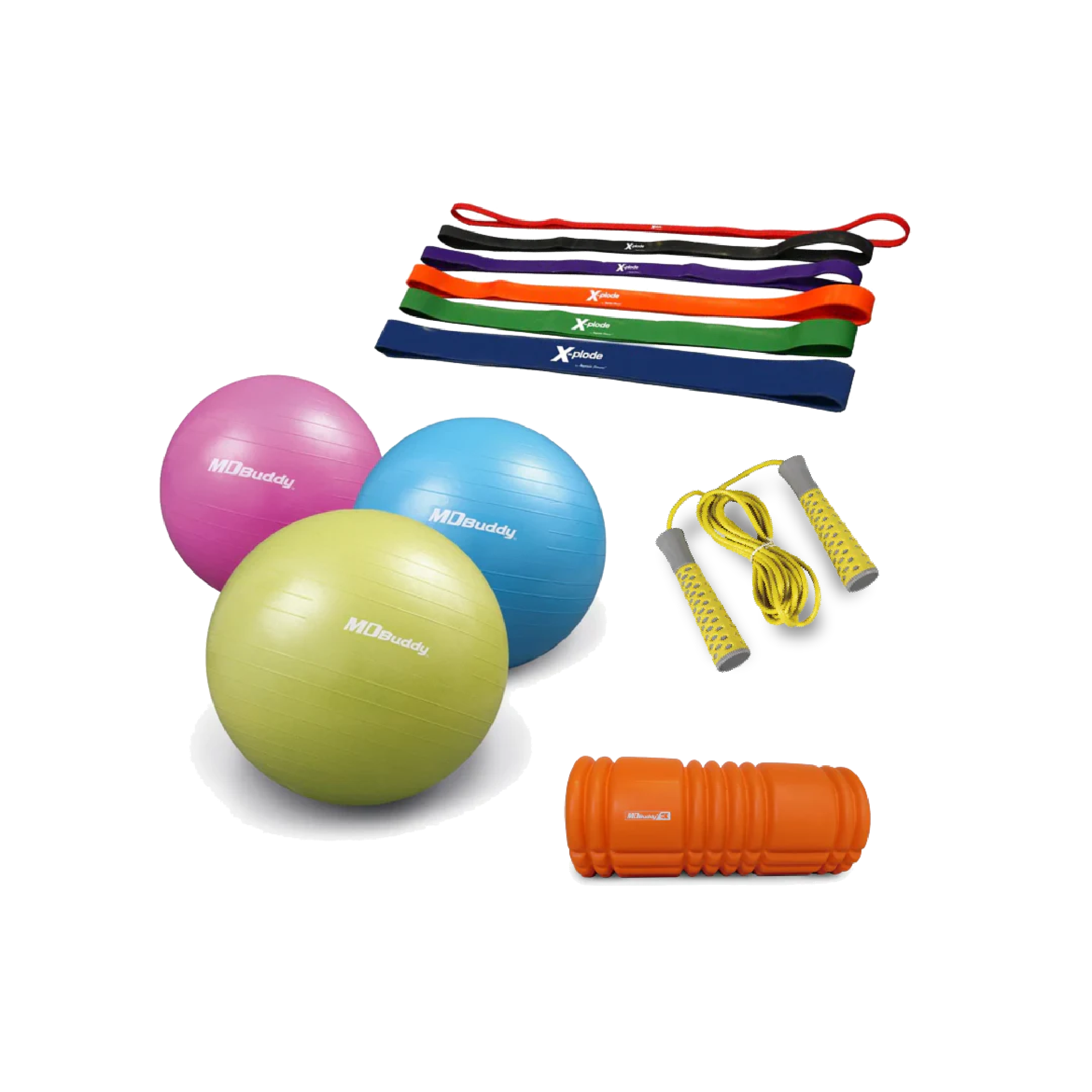Lessons Learned from Climbing Mount Everest

Our digital marketer, Paul Boechler, sat down for an interview with Flaman’s Executive Vice President, Steve Whittington, who is an accomplished mountaineer and avid outdoorsmen. They chatted about goal setting, taking steps to achieve them and what it means to finally accomplish them. This is something Steve knows a lot about and came to the forefront when he achieved a lifelong goal by summitting Mount Everest in 2013.
Paul Boechler: First and foremost, what was it like to climb Mount Everest?
Steve Whittington: Mount Everest is, as a climb, almost more of a symbol. Everybody will talk about, “what’s your Everest?” but actually climbing Mount Everest, not as a client climber, but as the lead climber of a group, it was the most mentally and physically grueling thing I have ever done in my life. I have climbed a lot of mountains and been in very, very remote areas of the world. Everest is in a class by itself because of its height and what you have to do to climb that mountain.
o, the climb itself was an experience, that for the sake of this interview, we don’t have enough time to deep dive into. More-so the question would be, “How did climbing Mount Everest transform you?” and the answer I have to that is: it opened my mind to what’s possible.
(To read about Steve’s experience climbing Mt Everest, please visit his personal blog http://www.thequestforeverest.com/)
PB: And how do you apply that to everyday life?
SW: Well, one of my personal values is: “Reach higher, make big moves” and I can remind myself that I was able to do certain things when I climbed Mount Everest that I didn’t think was possible before. So I can reflect on that and say “If I can accomplish that, then I can certainly do this” and that can be applied in a business sense, in one’s personal life, when you’re doing a half marathon… whatever it may be, you can dig in and get it accomplished. You can apply that to your everyday life, understanding more fully what you’re capable of.

PB: What did it take from a training perspective to prepare for Everest?
SW: Everest wasn’t just a six-month or a year program for me. Everest was a 10-year project for me. I wanted to climb it somewhat independently, so I prepared for that. We had a great team and some porter support and my friend and mentor, Wally Berg, was the leader of the expedition. He is an amazing man who was able to support me throughout the entire process being at base camp. There was a combination of meeting the right people, building the right ream and being physically ready for it. I trained for the better part of a decade by climbing mountains in preparation. Specifically, in the year leading up to the expedition, I put on more muscle mass to anticipate the weight loss. My workout regimen included a lot of high intensity interval training (HIIT) and a lot of strength training to manage the heavy load that I’d be carrying up the mountain. I regularly went out to the mountains in Alberta, doing a lot of long, hard, cold climbs to get myself mentally and physically prepared.
(You can ready about Steve’s training journey in his Quest For Everest series here.)
PB: How did you get back into a routine in the aftermath of your Everest climb?
SW: I had a really, really hard summit day. It was 16 hours up high in the Death Zone (above 8,000m in elevation).Prior to that, my body wasn’t able to process any food except for liquids. In total, I was in the Death Zone for 72+ hours and my oxygen mask had frozen solid so I had no oxygen coming down. I was quite weakened by that experience. I had lost in excess of 45 pounds in 71 days while away from Canada. So I came back quite weakened mentally and physically, so afterwards my focus was on rehabilitation. It was as basic as going on short hikes and light weights and light aerobic activity. I wasn’t sure if I even wanted to rock climb anymore. It was rehabilitation of the mind and body for about 6 months but really it took me 3 years to normalize completely. Now I’m training as hard as I ever did and I’m back at it. I’ve climbed many mountains since Everest and I look forward to the next climb.


PB: Do you have any ambition to take on a climb as difficult as Everest again?
SW: I don’t have any ambition to climb Mount Everest again. I was offered a spot on a team and I turned it down. Part of that would be I wouldn’t have a wife if I did *laughs* but I just don’t want to. I might do another 8,000m peak but I haven’t 100% decided. There are a lot of other, more technical alpine faces that are lower altitudes but more technical and have different challenges to them. And I will finish the Seven Summits (Everest in Nepal, Aconcagua in Argentina, Denali in Alaska, Kilimanjaro in Tanzania, Mt. Elbrus in Russia, Mt. Vinson in Antarctica and Mt. Kosciuszko in Australia).I’ve climbed 5, I have 2 left and that is on my radar in the next 3 years.
PB: What does your fitness routine look like now, in a more domestic life?
SW: Every exercise that I do serves a purpose and helps me prepare for whatever the next climb may be. And right now, I’m getting more interested in technical alpine faces so I’m increasing my technical climbing ability with a lot of yoga for healing and flexibility, and there are specific climbing workouts that I do twice a week. They’re very focused on increasing various technical skills. So, for the last 6 weeks for instance, I was doing what’s called “dry-tooling” in gyms, which helps to prepare me for ice climbing, and I’ll switch now to technical rock climbing. The climbing workouts are in excess of 2 hours, closer to 3 hours, and I supplement that with yoga and HIIT workouts. So that’s minimum 20 workout sessions a month, upwards of 30.
PB: Do you have any tips or advice for the average person on how to find a routine?
SW: The fitness industry is obsessed with image rather than health and function, so it shouldn’t be about wanting to look a certain way, it should be about focussing on your health and functional abilities. If you want to be healthier, it’s always more motivating when you have a goal and a reward in mind. I lose my way when it comes to training when I don’t have the next mountain figured out. I don’t have that next objective in mind and I don’t know what I’m training for. So now I always do have the next mountain in mind, that next objective to keep me focused. It may be that you want to run a half marathon in a certain time or a hike that you want to accomplish. Tie your exercise routine to a goal and you’ll be far more motivated and you’ll have a lot more success.

///////
To read more about Steve and his adventures, visit: www.stevewhittington.com
Category: Your Fitness Resource
Tags:
filter_Inspiration
inspiration
Motivation






